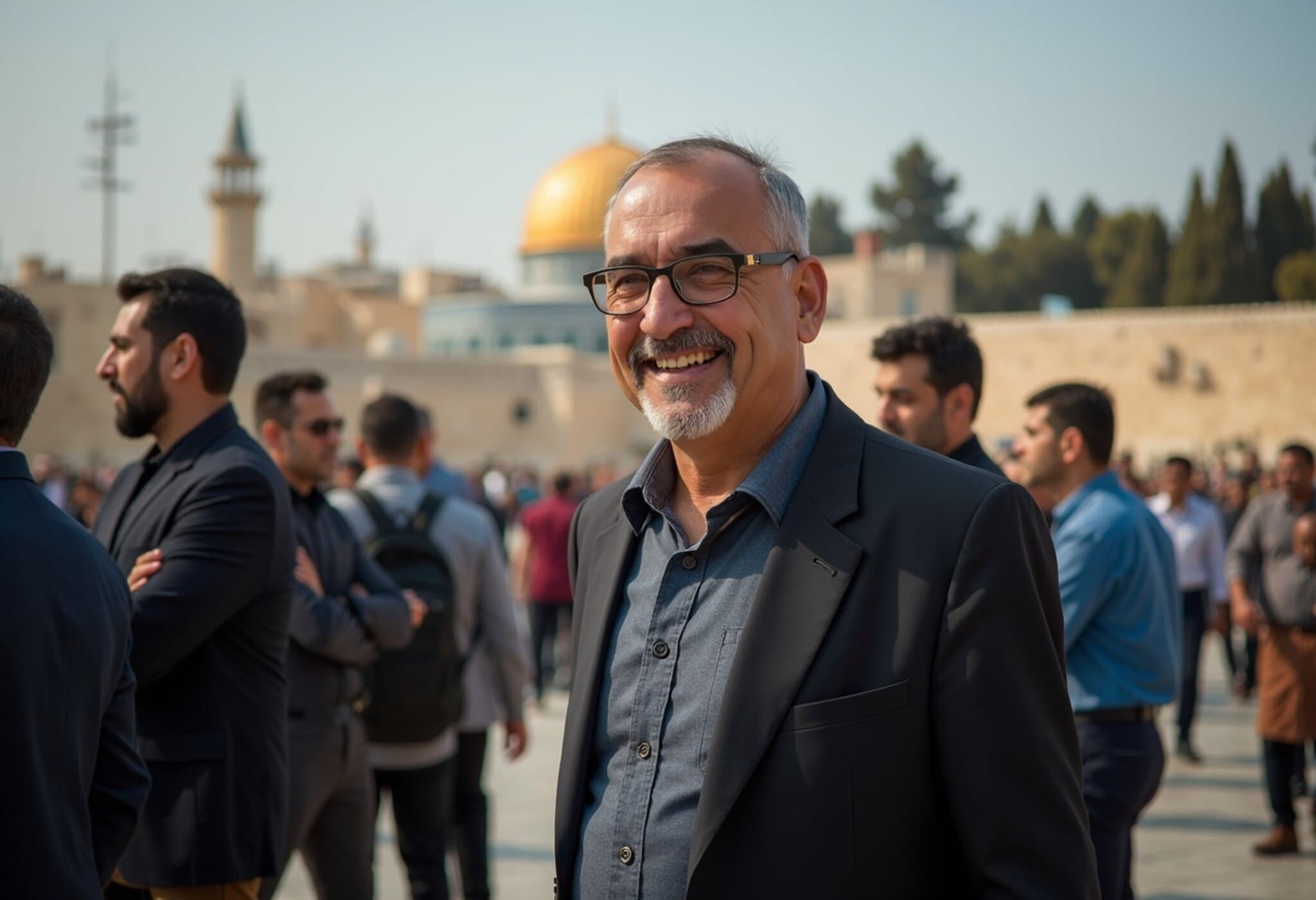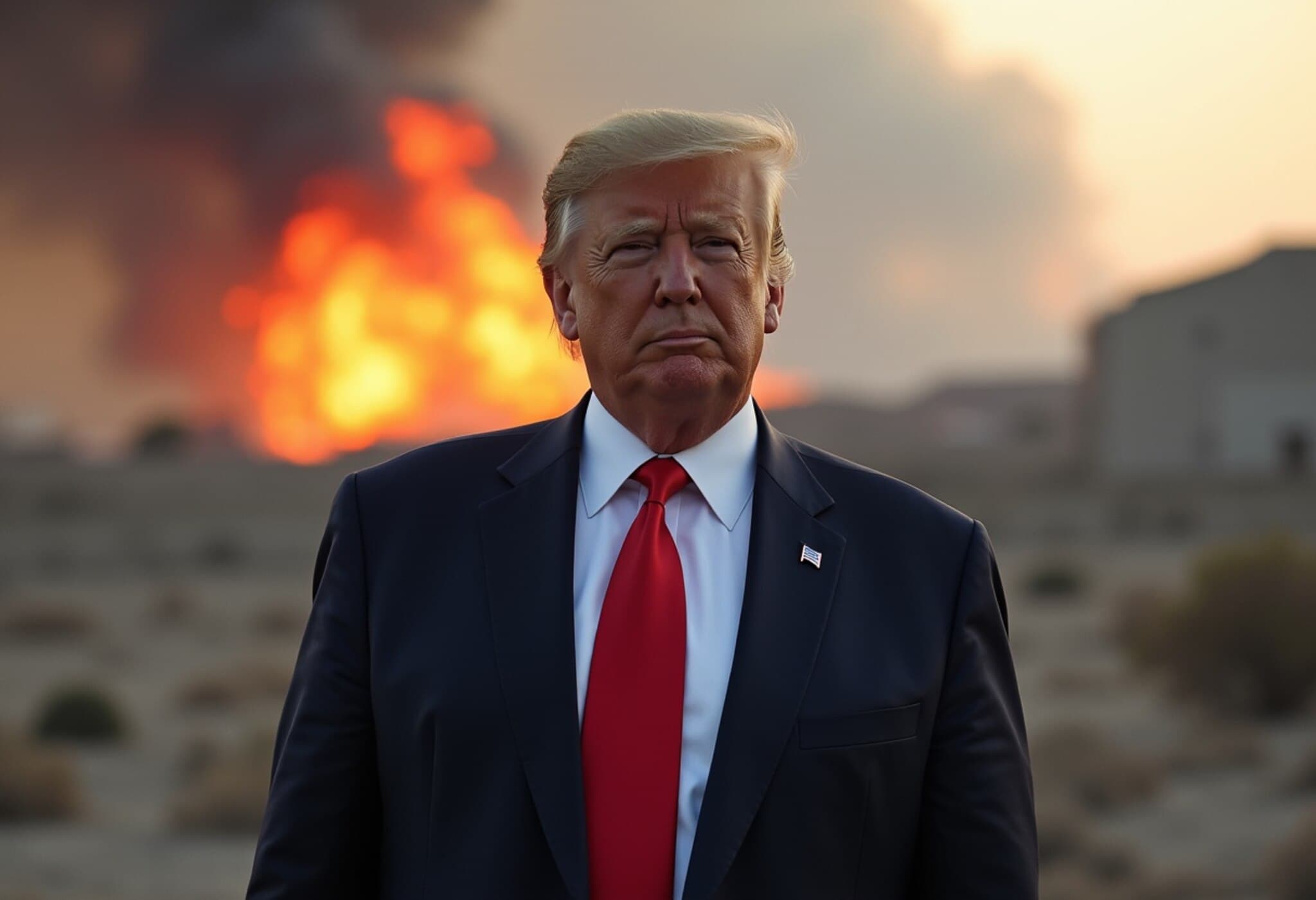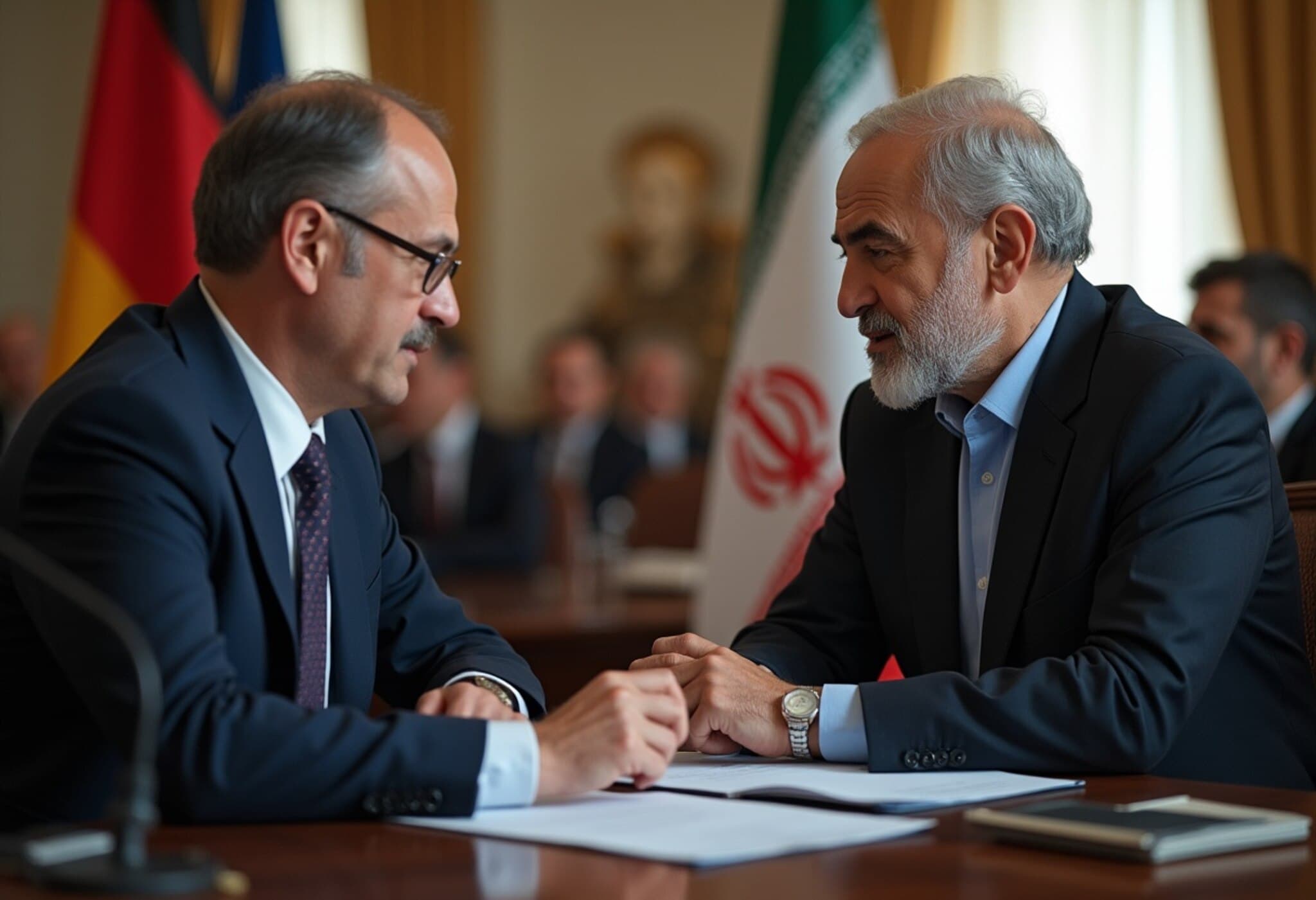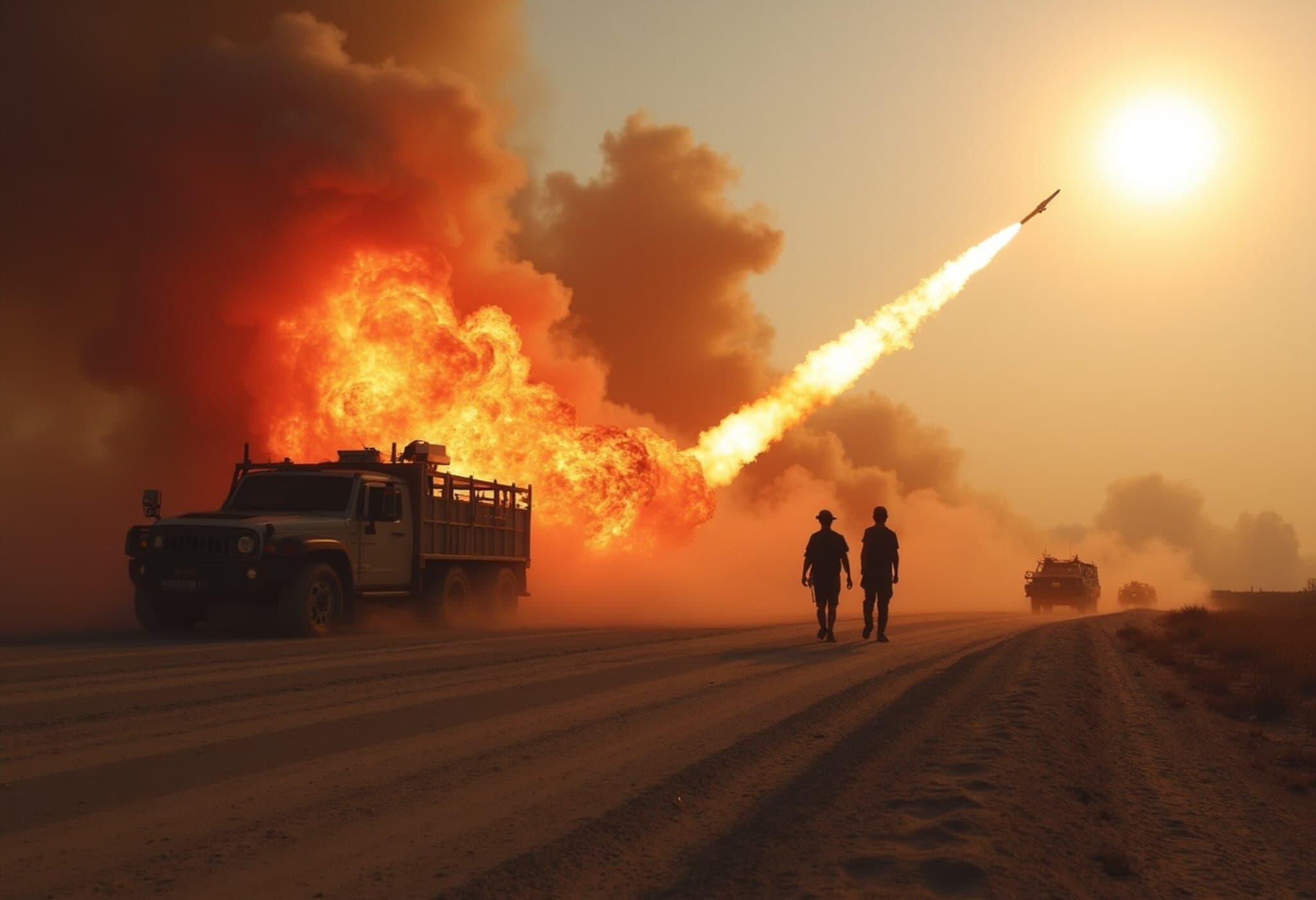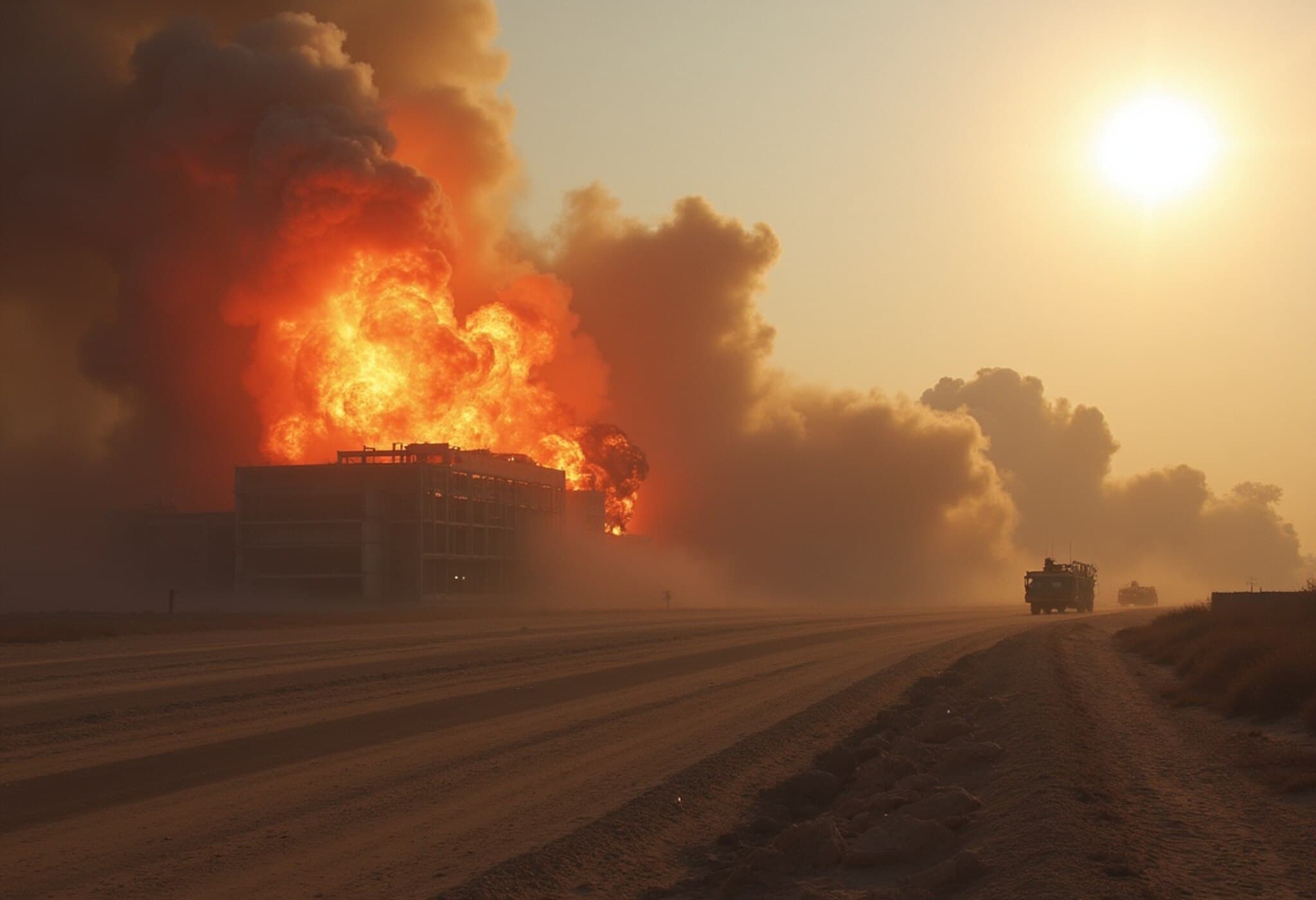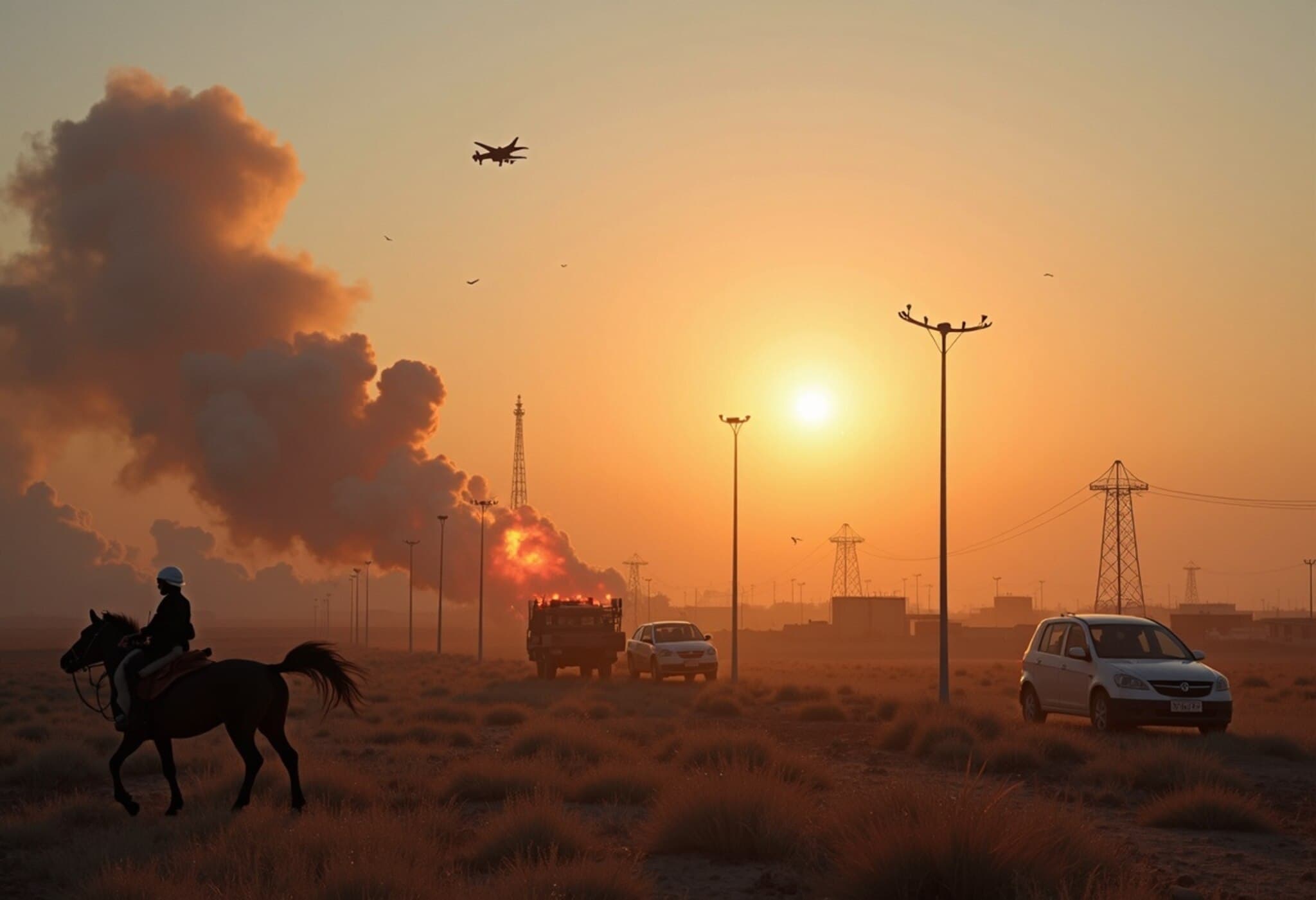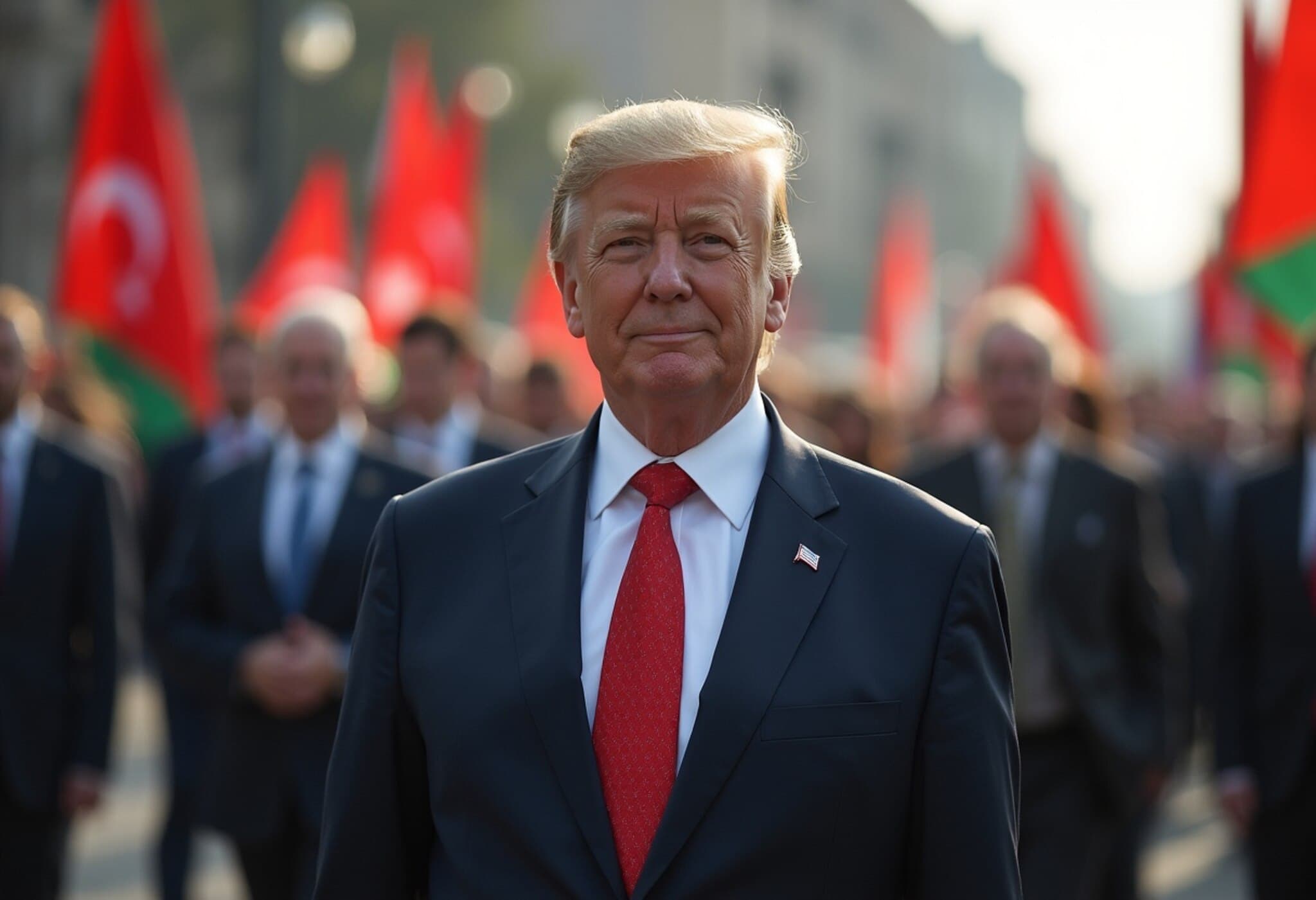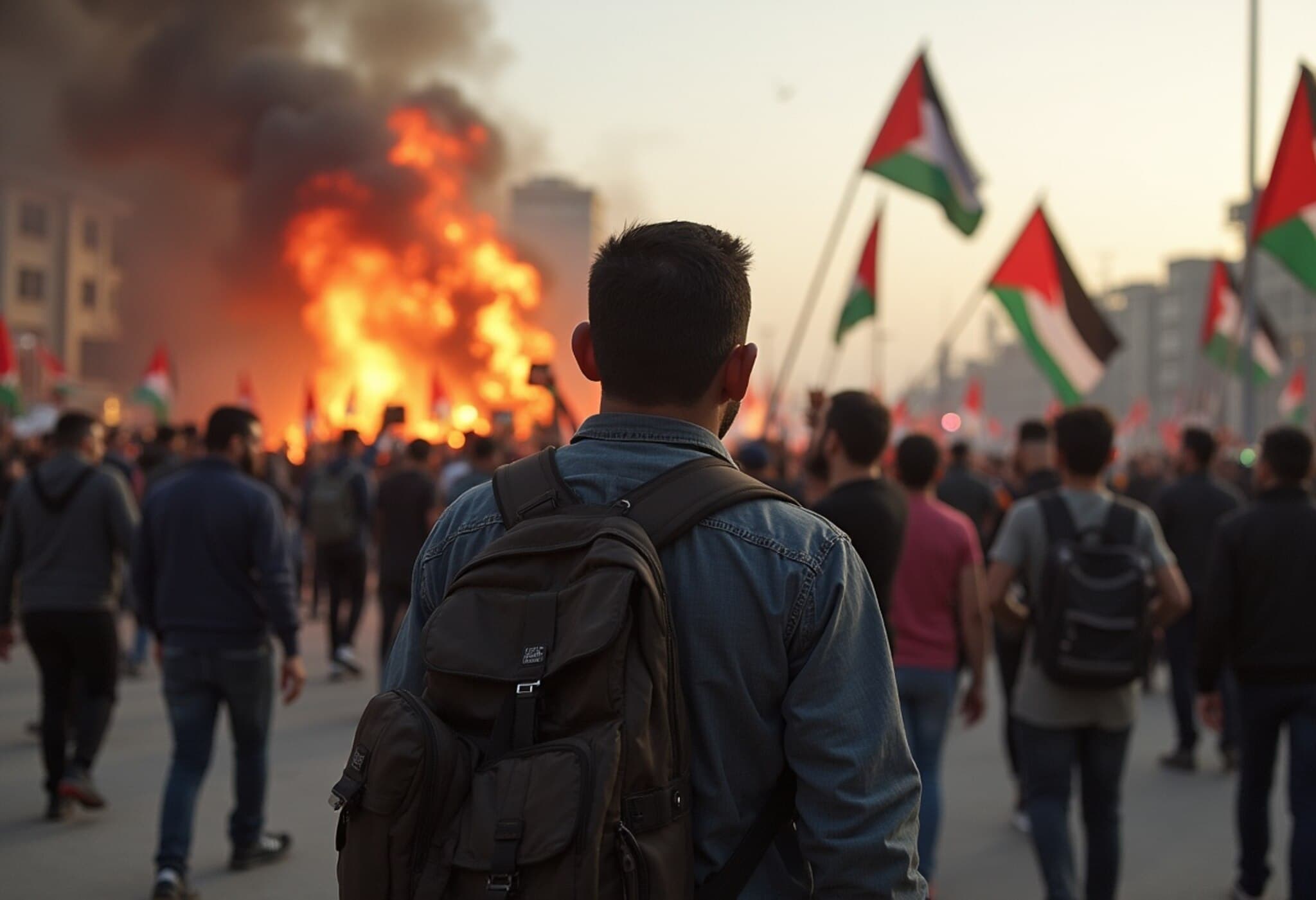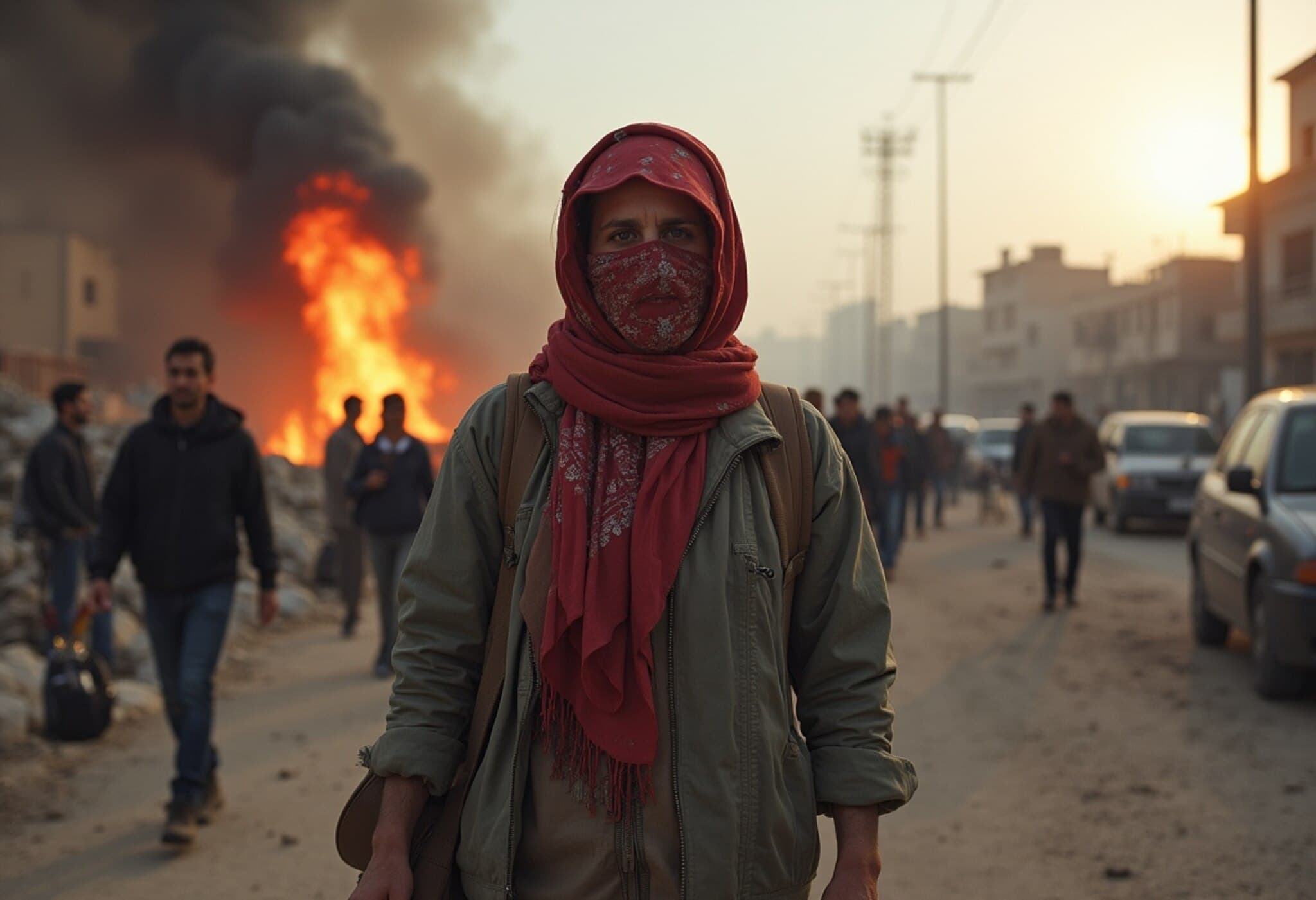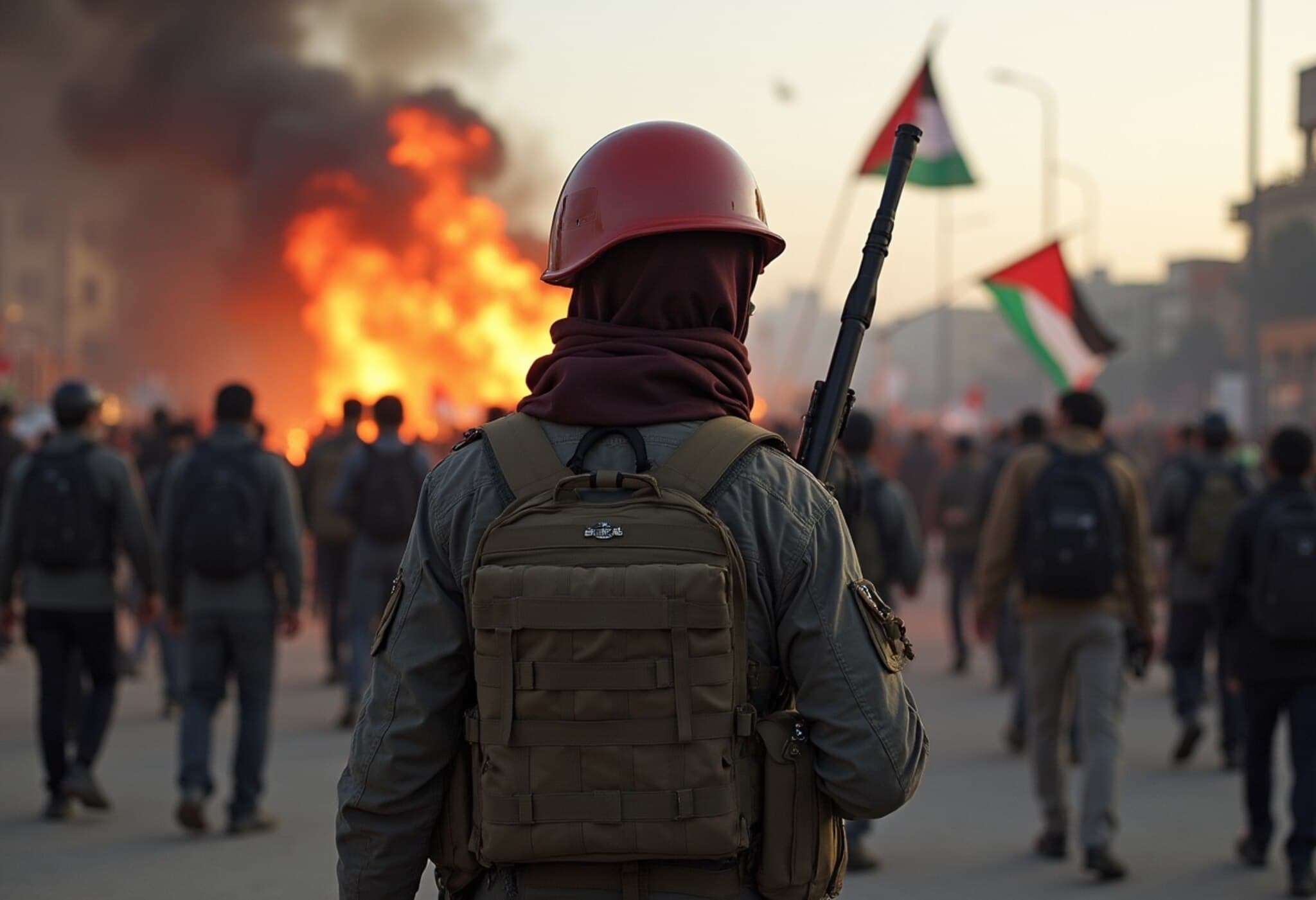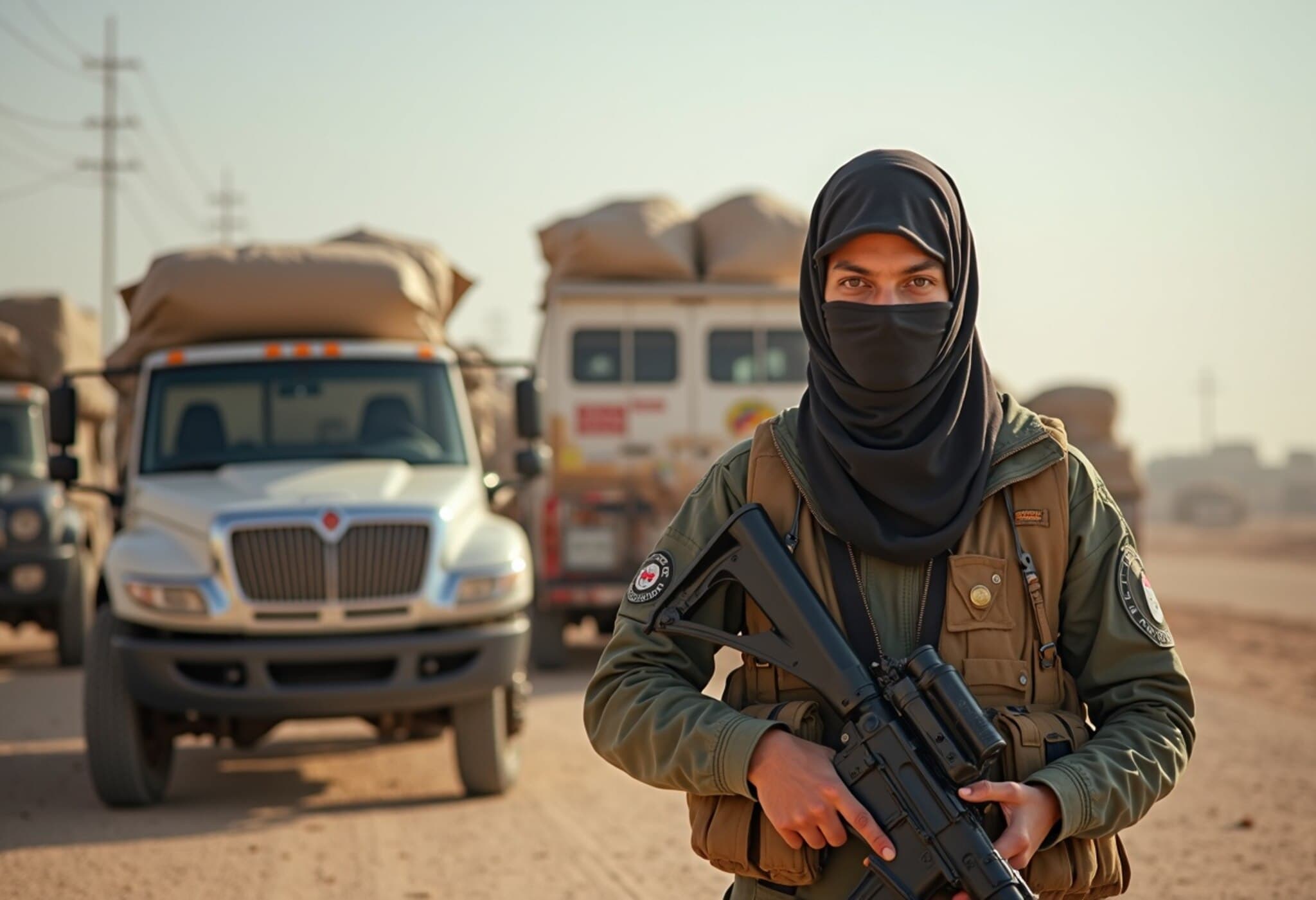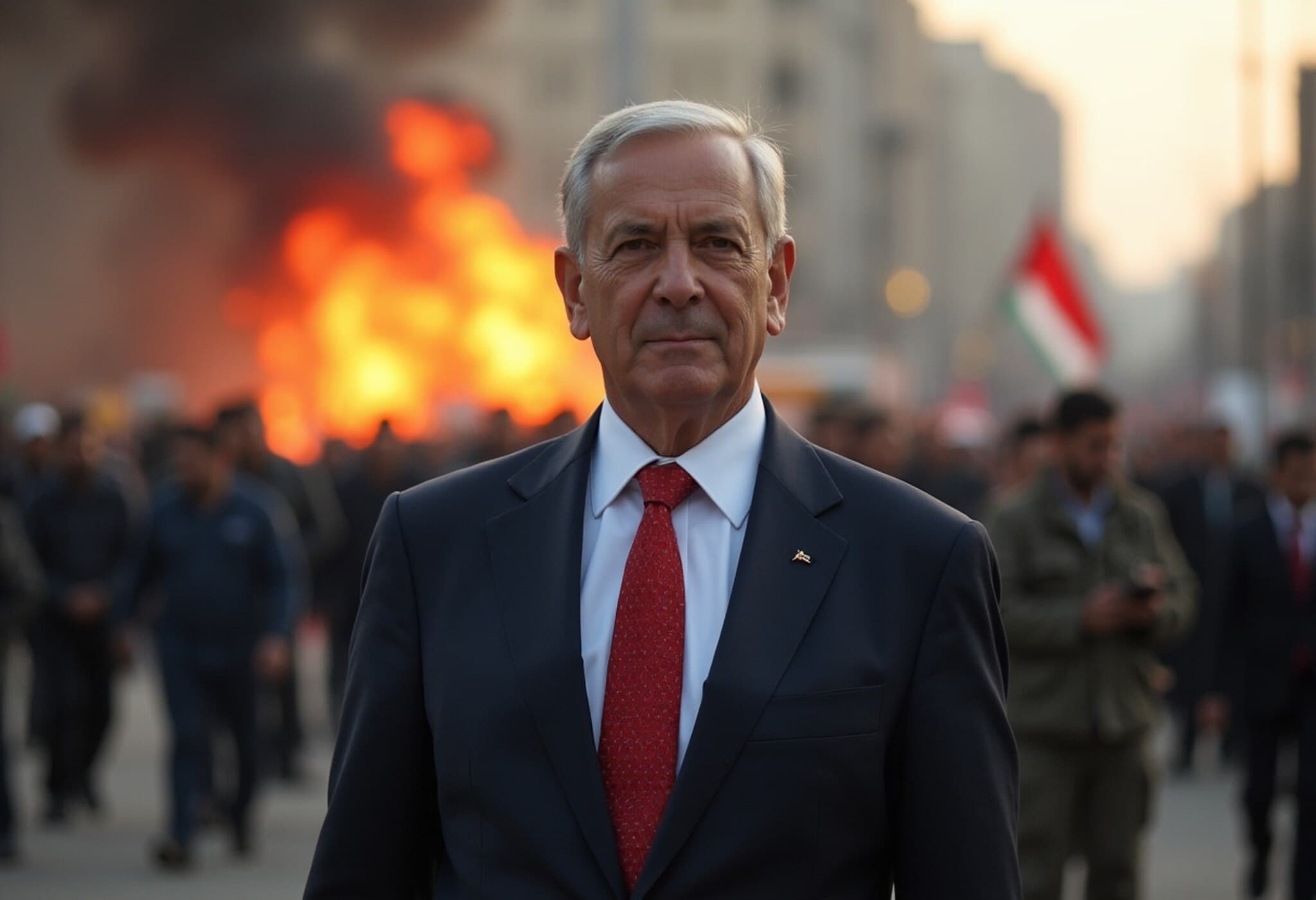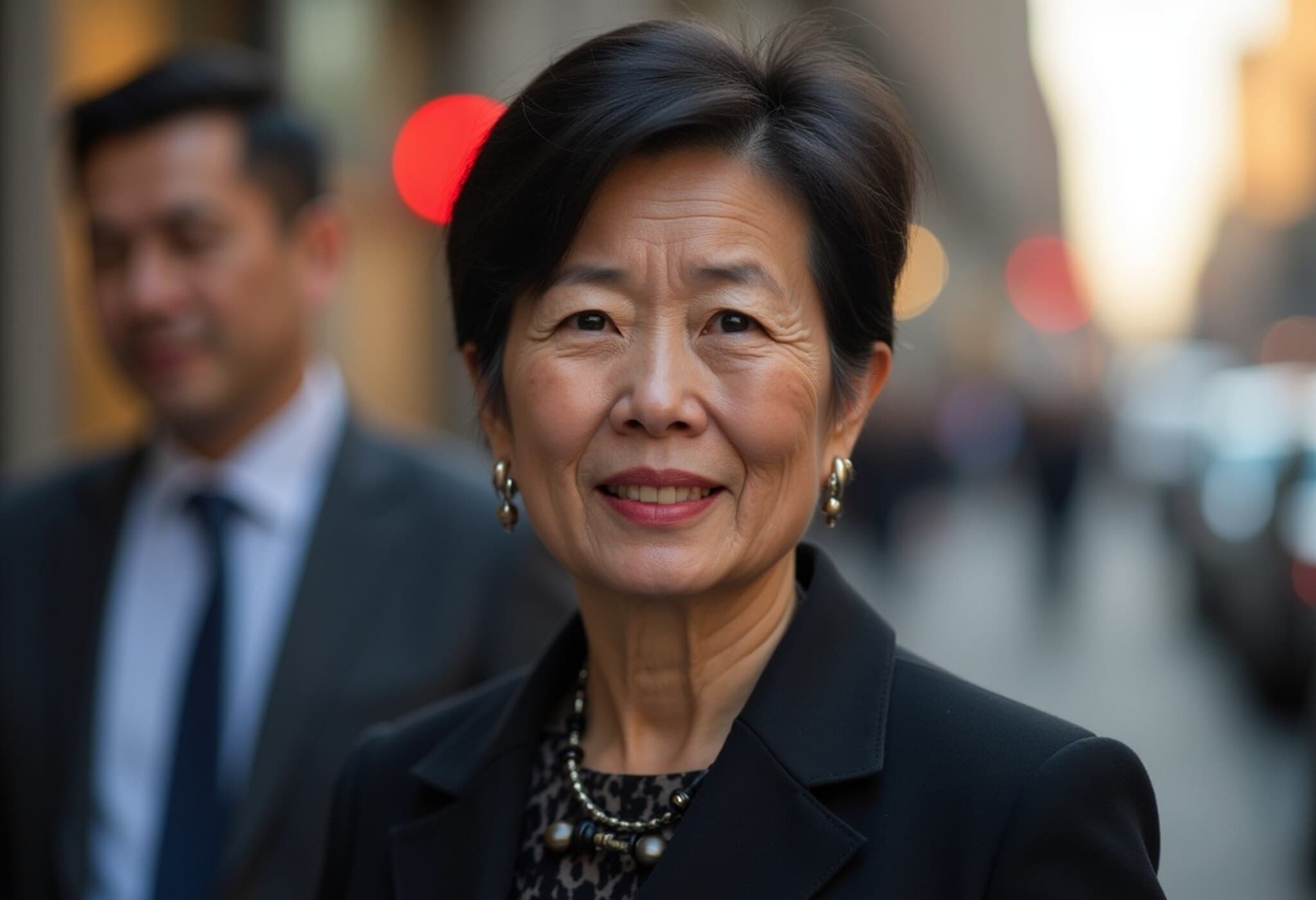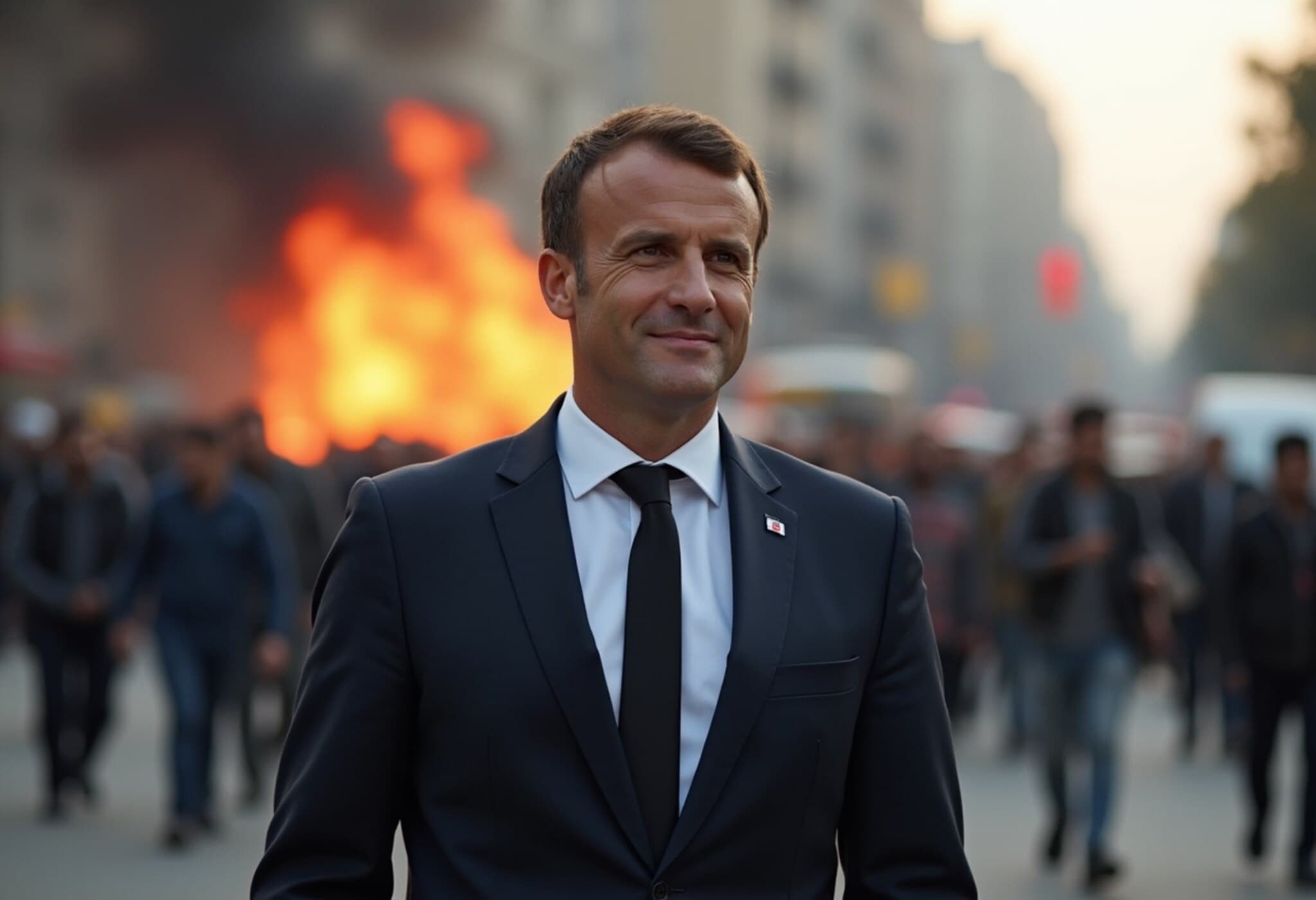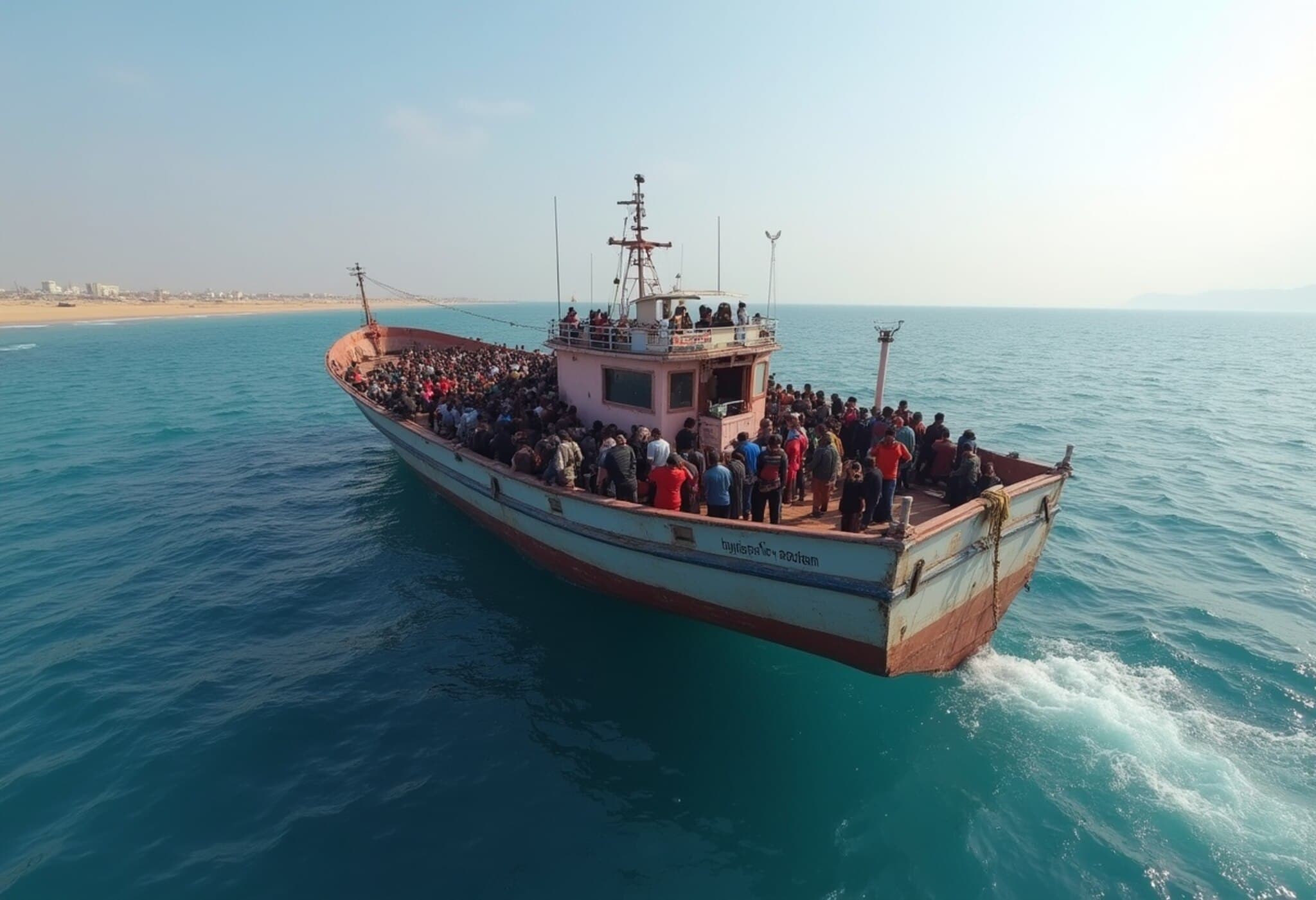Israeli Minister’s Controversial Visit to Temple Mount Stirring Regional Tensions
In a move that has set off alarm bells across the Middle East, far-right Israeli Minister Itamar Ben-Gvir visited Jerusalem’s Temple Mount on Sunday — a site deeply sacred to both Jews and Muslims — igniting renewed fears of escalating conflict amid the ongoing Gaza war.
The Temple Mount, known to Muslims as the Noble Sanctuary, houses the Al-Aqsa Mosque, the third-holiest site in Islam, and stands as Judaism's holiest site, historically home to the ancient biblical temples. While Jewish visitors touring the site are generally permitted, prayers by non-Muslims are prohibited under a delicate status quo maintained for decades. Ben-Gvir’s open prayer at the site defied this norm, provoking immediate condemnation from Palestinian authorities, Jordan (the site’s custodian), Saudi Arabia, Turkey, and others.
Backdrop: Rising Hostilities and Humanitarian Crisis in Gaza
Ben-Gvir’s provocative visit coincides with a dire humanitarian crisis in Gaza, where hospitals reported the deaths of 27 Palestinians seeking food aid under Israeli fire. The besieged enclave of over two million Palestinians is suffering from severe shortages, with experts warning of a potential famine as Israel’s blockade limits access to essential supplies. Despite recent Israeli claims of increased aid — including over 1,200 aid trucks entering Gaza and air-dropped pallets — United Nations relief agencies assert that daily needs far exceed deliveries.
Violence at Aid Distribution Points Raises Alarming Questions
- Palestinian witnesses and hospital officials described Israeli forces firing on crowds near humanitarian aid sites, leading to dozens of deaths.
- Conflicting narratives abound: Israeli military denies awareness of casualties, while the Palestinian Red Crescent Society confirmed at least one staff member killed when Israeli forces shelled their office.
- United Nations data reveals 859 people were killed near Gaza Humanitarian Foundation (GHF) distribution sites between late May and July, underscoring the dangerous conditions for civilians seeking life-saving aid.
Hostage Crisis Adds Pressure on Israeli Government
The minister’s visit came shortly after Hamas released distressing videos of two severely malnourished Israeli hostages, sparking outrage within Israel and amplifying calls for decisive action against Hamas. Roughly 50 Israeli civilians remain captive since the October 7, 2023, attacks that ignited the current war.
Ben-Gvir seized the moment to renew calls for Israel’s annexation of Gaza and urged that Palestinians be encouraged to leave the territory — rhetoric that threatens further complicating any potential peace negotiations.
Political and Regional Implications
Ben-Gvir’s confrontation with the status quo at one of the world’s most sensitive religious sites risks rekindling violent flare-ups akin to the 2021 clashes triggered by similar visits. His hardline stance resonates with Israeli right-wing factions that reject negotiation with Hamas, emphasizing military eradication over diplomacy.
Meanwhile, the international community remains divided, balancing condemnation of Hamas’s abuses and hostage-taking with concerns over the humanitarian catastrophe unfolding in Gaza.
Human Toll: Hunger and Death Mounting in Gaza
The health minister in Gaza reported that in the past 24 hours alone, six adults died due to malnutrition-related causes, with the total reaching 82 in five weeks—numbers that reflect the severe crisis but are not counted within war casualty statistics. Alarmingly, 93 children have perished under similar conditions. Such deaths underscore the often overlooked long-term impacts of conflict beyond immediate violence.
Expert Analysis: The Perils of Provocation and the Need for Nuanced Diplomacy
Experts warn that actions like Ben-Gvir’s visit could deepen mistrust and harden stances on both sides, undermining fragile ceasefire talks and international mediation efforts.
Dr. Miriam Klein, a Middle East policy analyst, notes: “The Temple Mount/Noble Sanctuary embodies the contested heart of Jerusalem’s religious and political divisions. Provocative acts, while politically expedient for some Israeli factions, risk lighting the fuse of regional unrest. At a time when Gaza teeters on a humanitarian abyss and hostage diplomacy heightens emotions, restraint and dialogue remain indispensable.”
Looking Ahead: Questions for Policymakers and the International Community
- How can Israel balance security concerns with the need to respect the religious sensitivities surrounding Temple Mount?
- What concrete measures can be taken to safely increase humanitarian aid access in Gaza without escalating military confrontations?
- What role can international actors play to advance hostage negotiations amidst growing public pressure?
Editor’s Note
This unfolding crisis illustrates the complex interplay between deeply held religious sentiments, political power plays, and raw humanitarian urgency. While headlines focus on immediate violence and diplomatic standoffs, the human stories beneath — from starving families in Gaza to hostage victims and their families — demand greater empathy and innovative thinking.
As tensions heighten over a sacred site that symbolizes identity and history for millions, the path toward lasting peace demands more than territorial claims or military posturing. It calls for courageous leadership, regional cooperation, and a recommitment to protecting human dignity amidst conflict’s darkest moments.

